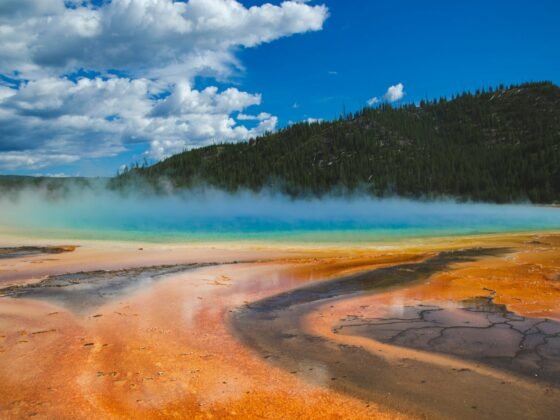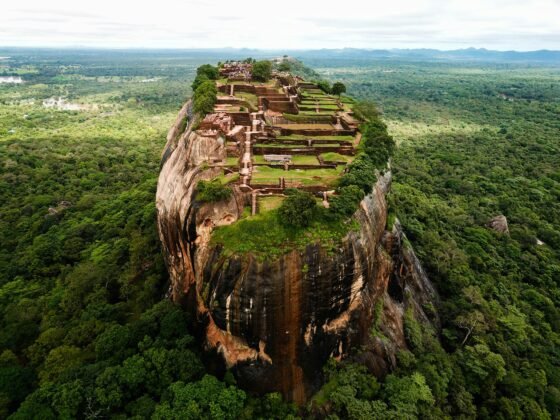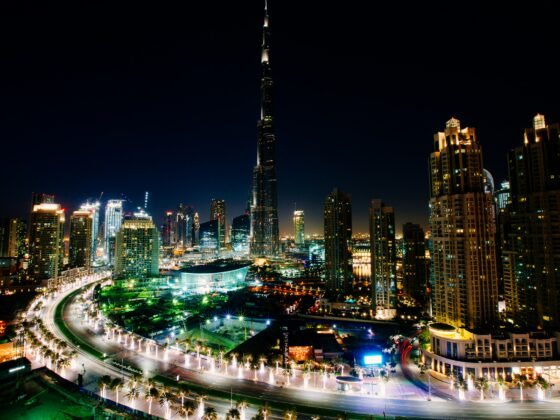When most people think about traveling to Africa, they focus on the wildlife, tropical beaches, and vast savanna plains. If you love to climb mountains, you should head to the south of the equator to Mt. Kilimanjaro, which is the highest freestanding mountain in the world.
If climbing this glacier-topped peak is on your bucket list, you should start planning your trip several months in advance to get everything right. Here are some facts that you need to know about climbing Mt. Kilimanjaro:
- All the routes you take will require camping except the one known as Marangu route, which is perhaps the busiest and least scenic one of them all.
- You do not need to possess any special skills to climb this mountain
- The mountain has six main routes to the top and they take between 5 and 9 days. If you want to acclimate better, you should take the longer routes
- You should not underestimate the altitude because most people fall ill as a result
- You have to climb the mountain in the company of a registered tour operator
- The porters will carry your kits and set up your camp daily. Apart from carrying a day pack, everything else will be taken care of by the tour operators
When climbing Kilimanjaro, you will move from the cultivated areas at the bottom to the icy regions at the top. The vegetation that changes from lush beauty to harsh and inhospitable desert climate will fascinate you. Although the peak of the mountain is the end goal, the journey to get there is the most spectacular part.
The trail is steep and uneven in some parts and your breathing will become more difficult as you climb higher. You need to maintain a slow pace to acclimate better and conserve your energy. At the start of the journey, you will feel hot but the cold temperatures will kick in as you climb higher.
Things to Consider before Climbing Mt. Kilimanjaro:
Choosing a Tour Operator
Climbing Mt. Kilimanjaro is not cheap, but you should not try to cut corners by looking for the cheapest tour operator. You need to conduct plenty of research before your climb to avoid taking unnecessary risks with your life. Other than the cost of the climb, you should also enquire about the training of the guides, health checks that they do, and their procedure during emergency evacuation. Altitude sickness is a major issue when climbing this mountain, which means that your tour operator should know what he is doing.
To be on the safe side, you should book your climbing tour before you get to Tanzania. Although it is possible to book your trip from a local agent, it is not wise. A reputable company asks people to book in advance. If you want to climb Kilimanjaro with a reputable guide, you need to research thoroughly.
Climbing with a top-class operator will set you back between $4,000 and $6,000. If you cannot afford this, you can pay around $1,500 to tour with a local operator, but you should be ready to make some compromises:
- The guide to climber ratio
- The safety training and knowledge of the operator might not be up to par
- The quality of the trekking equipment might be lower
Because climbing Kilimanjaro is a big undertaking, it is expensive. If you cut corners when looking for a tour guide, you might end up regretting your decision.
Fitness
You need to be strong and fit. Your days will be long and falling asleep at the higher elevations will be difficult. To make your hike enjoyable, you should have a good level of strength and fitness. The last thing you want is to arrive at your tent exhausted and wake up with sore muscles all over your body.
A few weeks before you embark on your trip, you should start doing some strength training exercises to prepare your body for the climb. However, fitness is not all that matters; you have to deal with the altitude change and no level of fitness can make you ready for that.
Your General Health
If you have preexisting injuries or conditions, you need to talk to your doctor before planning to climb Kilimanjaro. The most reputable tour operators will ask you for a form release from your doctor.
Gear
The tour operator will provide all the camping gear but you should bring a pair of hiking boots, toiletries, and clothes. A porter will carry most of your gear in a duffel bag, but you are restricted to 15 kg because the porter also has to carry his own gear. You will have to carry a daypack with your water and supplies for the day.
You should start preparing your gear early and practice how to pack and unpack your duffel bag. Doing so will make it easier to find your stuff in the dark mornings. If you hike regularly, you will only need to buy a few more items. A qualified tour operator should give you a comprehensive gear list.
Choosing a Route
You need to consider how scenic, long, and busy a route is before choosing it. Although the longer routes are better for acclimatization, they are also more expensive. The most scenic routes with good acclimatization are Northern Circuits and Lemosho. If you want to save money by taking the shorter routes, you should take an extra day for acclimatization.
A Typical Day on the Mountain
Your day will start early when a porter wakes you up and gives you a bowl of warm water to freshen up. In the chilly morning air, it will be hard to get out of your warm sleeping bag. At breakfast, you will enjoy a spread of oatmeal, eggs, bacon, and fruit to prepare for the tasking day ahead. Your tour operator should give you a health check after breakfast by using a stethoscope and checking the oxygen levels in your blood.
On the trail, every day will be different and the pace is slow. Depending on the day, lunch can be a picnic or a full-cooked meal on the trail. Dinner will be a feast and your guide will give you a breakdown of what to expect on the following day. After a tiring day on the trail, early nights are common for recovery and conservation of energy.
Why Kilimanjaro?
Each person has his or her own reasons for wanting to climb Mt. Kilimanjaro. For some people, it is a physical and mental challenge while others have personal reasons for doing it. It could also be about seeing the scenery or reaching the summit. Whatever draws you to this mountain, you will have an unforgettable experience.
You will get to meet new people and hear about the lives and families of the porters. You will get back to the basics, where it is just you and nature. You can leave all the worries and stresses of life at home and replace them with the beauty of nature.
If you are a beginner, this guide will come in handy in helping you to trek Kilimanjaro. Make sure that you travel with a companion to avoid loneliness and boredom.












